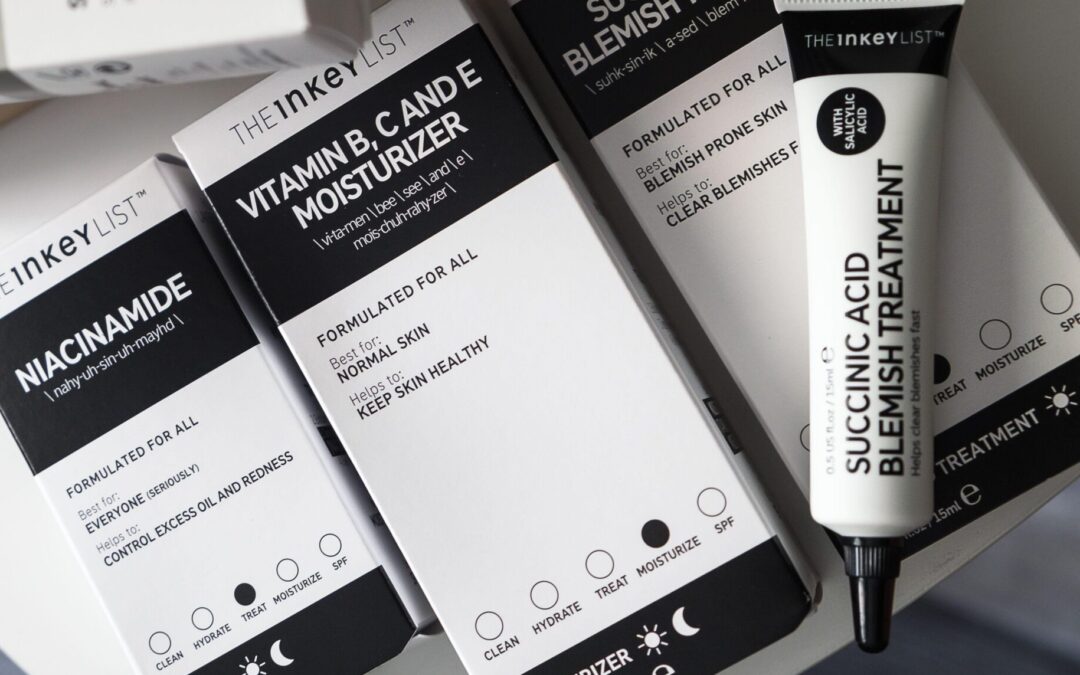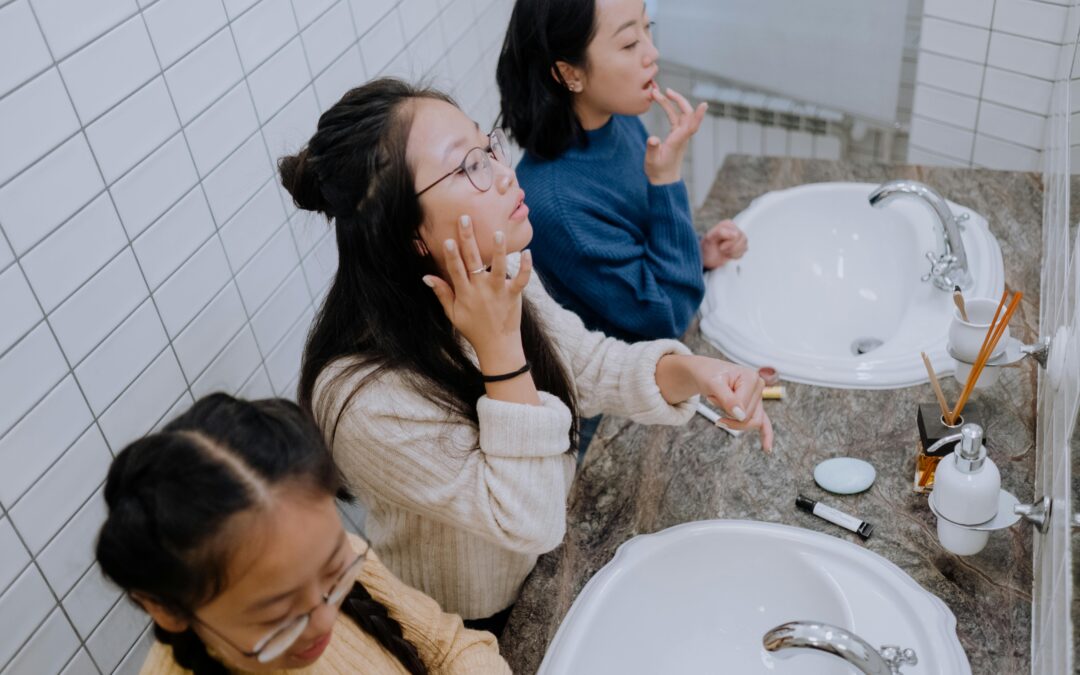Skin lightening and bleaching is a very dangerous trend that continues to make its way into our society. According to a survey done by the British Skin Foundation, over 60% of people who engage in these practices are due to cultural and family pressures and personal preference of lighter skin.
Radiance has spoken to Chiko, an aesthetician, dietitian and skincare enthusiast on these dangerous and controversial practices.
Skin lightening or bleaching is the attempt at reducing your skin’s natural melanin to appear lighter. According to the British Skin Foundation there is no safe recognised method to lighten your entire skin.
Many use creams that include hydroquinone, mercury and steroids, all of which have considerable health risks, like diabetes, brain damage, liver damage, blood pressure problems… and the list continues.
Another method is the very detrimental intravenous Glutathione therapy. It consists of injecting glutathione, a powerful antioxidant that our body produces naturally to protect us from stress and toxins, into their blood (veins).
“Injecting glutathione into the bloodstream with the intent of lightening your skin has to be done in ridiculously high doses.
“It’s not even a permanent skin lightening because the moment you stop injecting those high doses into your skin, the skin color goes back to what it used to be,” says Chiko.
Skin lightening in general, no matter the method, can be extremely dangerous for the user’s health and according to Chiko the risks are often overlooked.
“I’ve had two patients where one had kidney damage and had to be on dialysis for the rest of her life due to skin lightening, using creams and injections.” She says. “ The other one got liver damage from long term IV glutathione.”
However, this practice doesn’t limit itself to health risks and the concept of ‘skin lightening’ poses a big problem to society.
Some high profile celebrities have been known to undertake skin lightening treatments, like actress Khanyi Mbau, who admitted to using glutathione, television personality, known for being Nicki Minaj double and Rob Kardashian’s ex-partner , Blac Chyna, even went to the extent of creating her own cream, Whitenicious and famous baseball player Sammy Sosa.
Chiko says: “It all leads back to colorism. Although things have gotten better in the last decade and more people are pushing for the inclusion of darker skinned people in the media, we still have too many people and cultures pushing the light skin bias.
“Because of this, many darker skinned people get led to lighten their skin, and unfortunately end up doing it in very unsafe ways, like IV glutathione.”
“It makes me sad,” she says.
Having said this, in some cases there will be people who opt for these types of treatments for different conditions, like vitiligo which is a completely different situation.
Read and learn about vitiligo: Embracing the colours of our skin: our journeys with vitiligo – Radiance
This treatment is also trending due to other purposes, with some health experts offering this as a wellness and immune system ‘boost’.
“In my professional opinion, the people receiving this treatment should be deficient in glutathione.” She says. “Even then, I wouldn’t recommend that being the first line of action.”
IV glutathione therapy’s traditional use is for patients who can no longer ingest nutrients directly from the digestive system.




